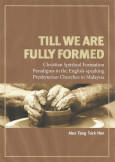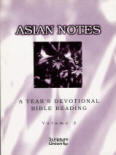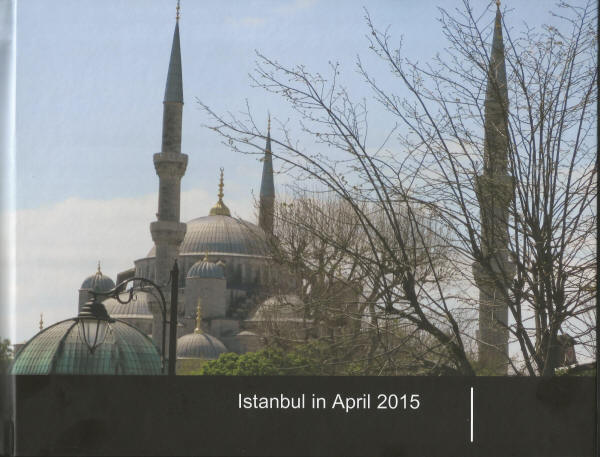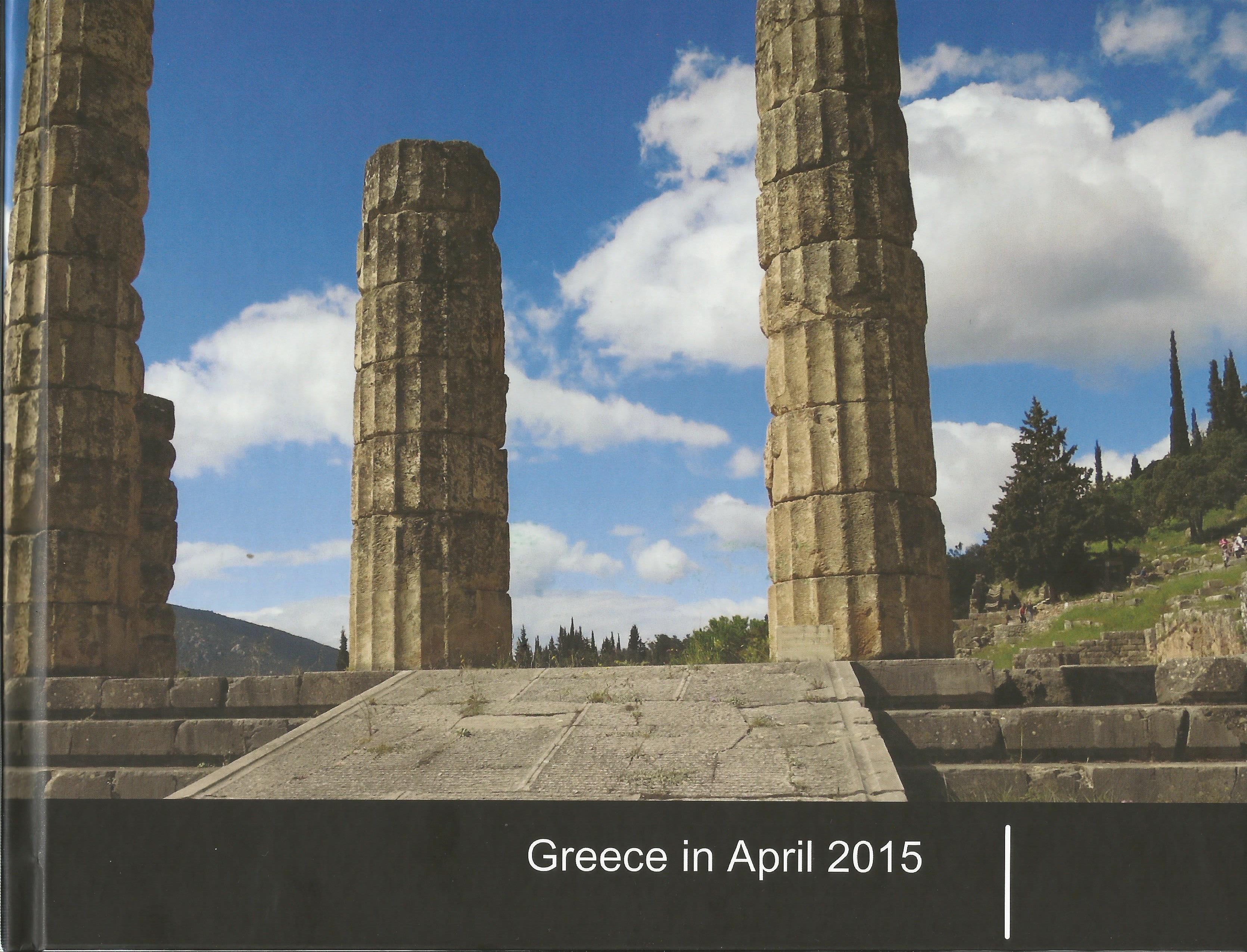Social Trinitarianism, What's That?
Harden's posting about Radical Trinitarianism on his blog Inhabitatio Dei is worth reading. I love his latest, Radical Trinitarianism: Who's Afraid of the Social Trinity?
Social trinitarians have taken note of this and have sought, as much as possible to understand the reality of the Trinity on the basis of continuity between divine and human personhood and divine and human relationally. Thinkers like Jürgen Moltmann, Leonardo Boff, Catherine Mowry LaCugna, Miroslav Volf and others have found in the Trinity the perfect model for understanding human personhood and the proper shape of human social and political relationships. Colin Gunton (a somewhat ambigiously social trinitarian) even goes so far as to state that when we call the Triune hypostases and humans ‘persons’ the term functions univocally. For many social trinitarians human persons, though obviously not divine, are clearly created in the image of the Triune shape of personality...
To sum up in a different way, the methodological and theological problems of social trinitarianism seem to be avoidable, not simply through an assertion of divine transcendence or divine unity abstractly conceived, but rather in relocating the discussion of the relationship between divine and human personhood. The proper locus for such a discussion is in the self-revelation of God in the incarnate Christ. The reality that is disclosed therein is not, per se that human persons “image” divine persons in some innate sense, but rather that human persons realize their personhood in and through the communion between divinity and humanity actualized in the incarnate Son. The realism of divine-human communion in Christ establishes that divine and human personhood exist in actualized state of noncompetitive symphony in which the infinite difference between Creator and creature is enfolded within the musical intervals of the Triune life. God’s being as Trinity is so infinitely complex that the difference between God and humanity is in fact taken into God and is thus transposed into a new key. No longer is the discontinuity between divinity and humanity an inhibition to ontic and ontological communion, rather in Christ, the very difference between Creator and creation becomes the occasion for that communion.
It is in light of this incarnational and covenantal theology of humanity’s incorporation into the Triune life that we are able to rightly speak of how human persons come to bear the likeness of the Triune communion. By being transformed through the Spirit into the likeness of the Son through union with him, we are brought into the relationship of the Son and Father. As such, our relations with one another acquire, through the sanctifying work of the Spirit, the character of Christ’s relationship to us, for, given the assumptio carnis, we always and only encounter one another through the mediation of Christ. Likewise our relationship with God acquires the character Christ’s own relationship to the Father, for that is the very relationship into which we are incorporated through the Spirit, now calling out “abba Father” as Christ’s sisters and brothers(Rom. 8:15). Thus, we are able to affirm Christ’s prayer that we may be one as he and the Father are one (Jn. 17:33), not because of a theology of generic continuity between divine and human personhood, but because of the gracious act of God in Christ whereby our very difference from God is transposed into the occasion for our communion with him and one another...
read whole posting
Labels: Holy Spirit, Jesus Christ, Knowing God, Theology, Trinity















0 Comments:
Post a Comment
<< Home